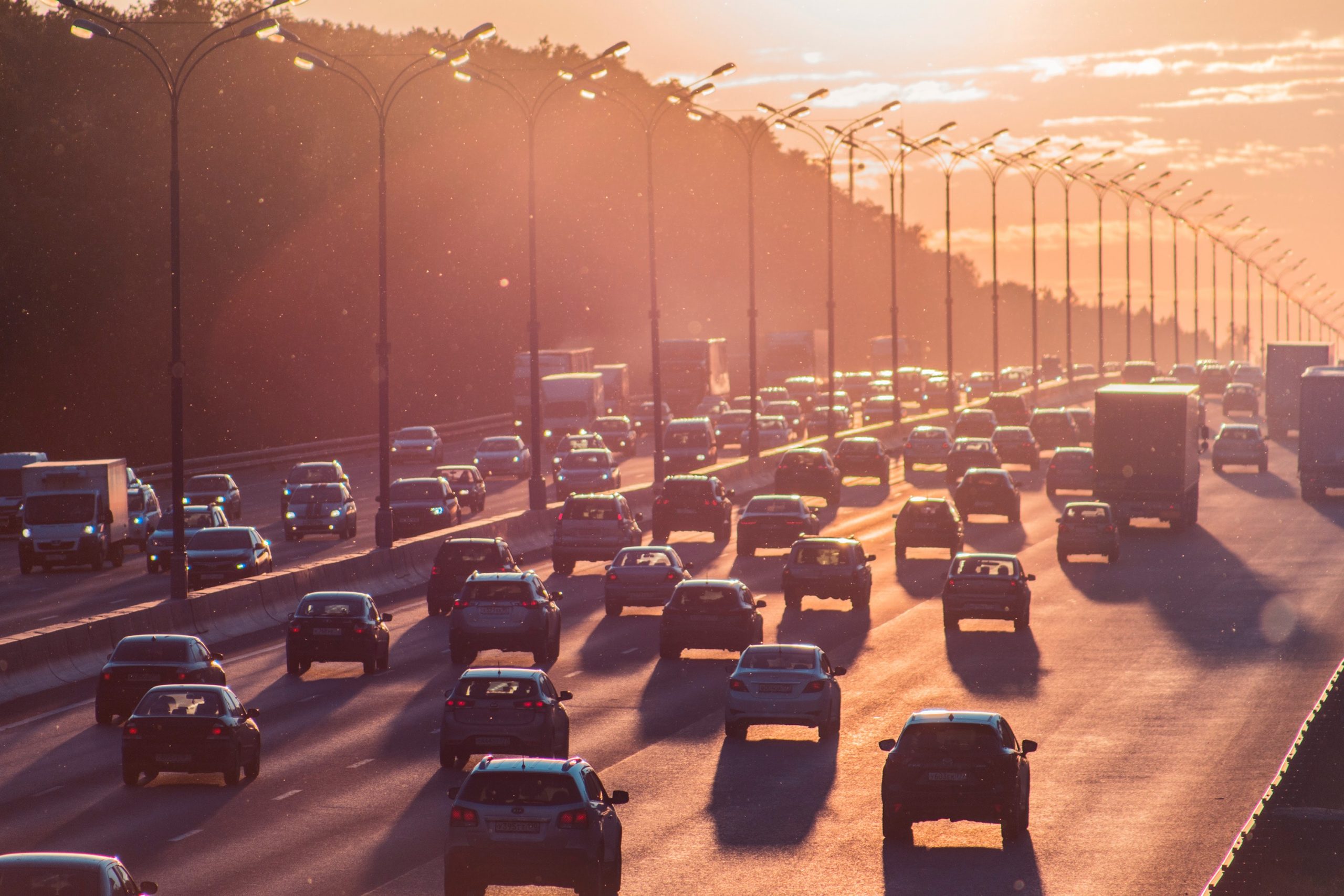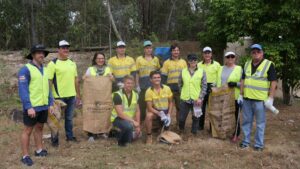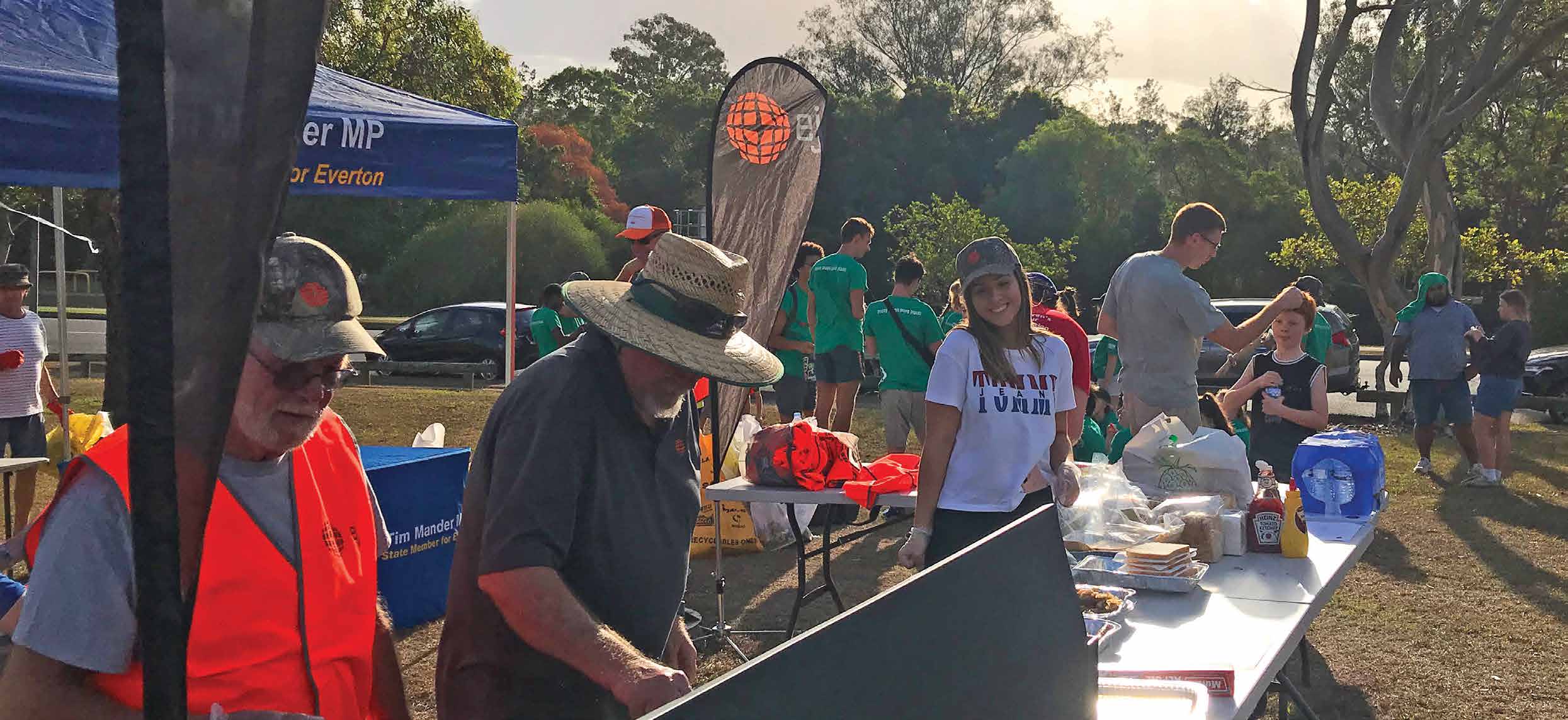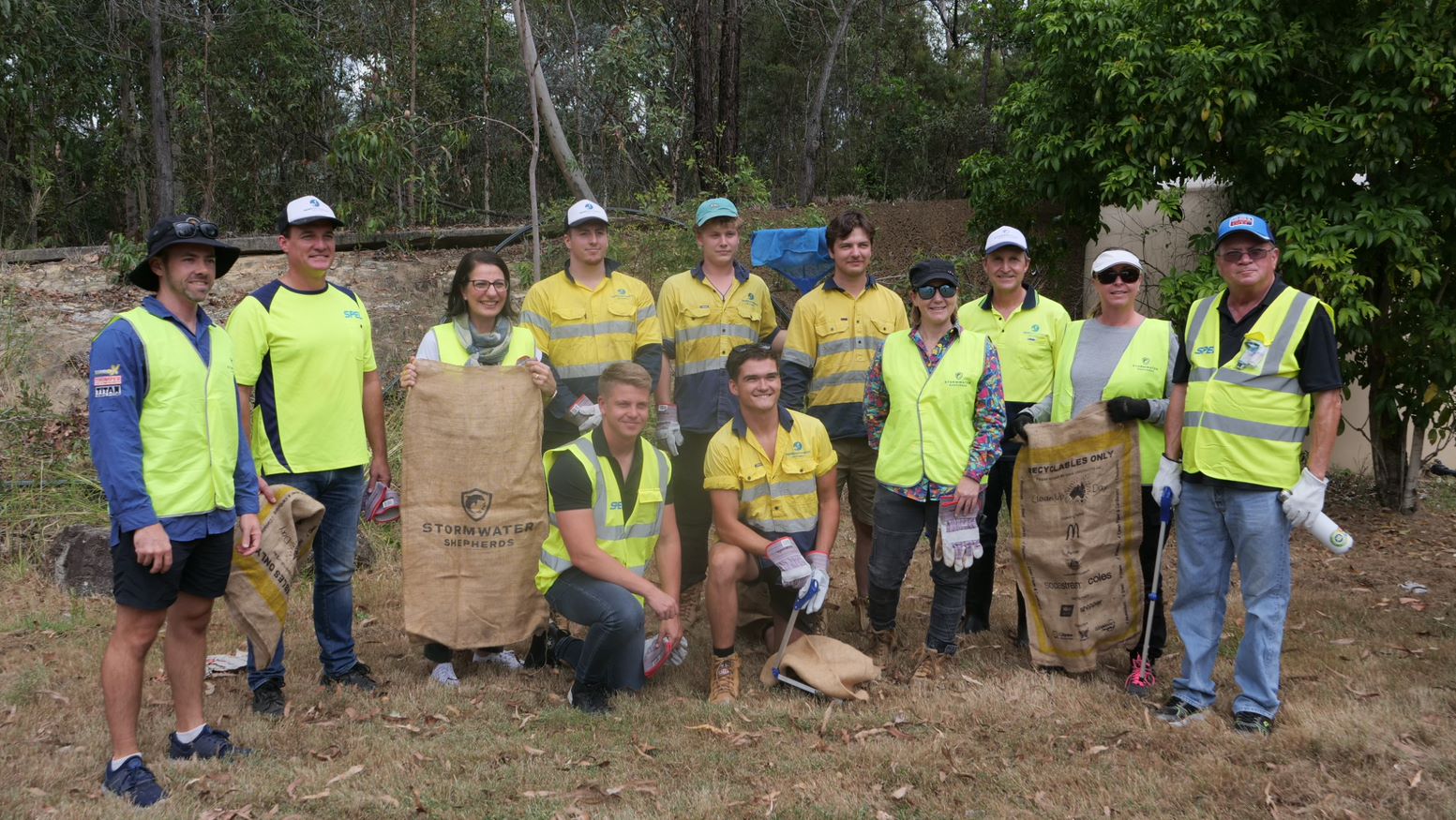AUTHORS
Maximilian Huber, Chair of Urban Water Systems Engineering, Technical University of Munich, Am Coulombwall 8, 85748 Garching, Germany
Antje Welker, Fachgebiet Siedlungswasserwirtschaft und Hydromechanik, Frankfurt University of Applied Sciences, Nibelungenplatz 1, 60318 Frankfurt am Main, Germany
Brigitte Helmreich, Fachgebiet Siedlungswasserwirtschaft und Hydromechanik, Frankfurt University of Applied Sciences, Nibelungenplatz 1, 60318 Frankfurt am Main, Germany
HIGHLIGHTS
- Heavy metal runoff concentrations in parking lots, bridges, and roads
- Large dataset of dissolved and total metal concentrations in traffic area runoff
- Description of site-specific and monitoring method-specific factors
- Summary of traffic-related and anthropogenic heavy metals in road runoff
- Reduction in Pb concentrations over time is one of the robust chemical results.
ABSTRACT
A dataset of 294 monitored sites from six continents (Africa, Asia, Australia, Europe, North and South America) was compiled and evaluated to characterize the occurrence and fate of heavy metals in eight traffic area categories (parking lots, bridges, and three types each of both roads and highways). In addition, site-specific (fixed and climatic) and method-specific (related to sample collection, preparation, and analysis) factors that influence the results of the studies are summarized.
These factors should be considered in site descriptions, conducting monitoring programs, and implementing a database for further research. Historical trends for Pb show a sharp decrease during recent decades, and the median total Pb concentrations of the 21st century for North America and Europe are approximately 15 μg/L. No historical trend is detected for Zn. Zn concentrations are very variable in traffic area runoff compared with other heavy metals because of its presence in galvanized structures and crumbs of car tire rubber.
Heavy metal runoff concentrations of parking lots differ widely according to their use (e.g., employee, supermarket, rest areas for trucks). Bridge deck runoff can contain high Zn concentrations from safety fences and galvanizing elements. Roads with more than 5000 vehicles per day are often more polluted than highways because of other site-specific factors such as traffic signals. Four relevant heavy metals (Zn, Cu, Ni, and Cd) can occur in the dissolved phase. Knowledge of metal partitioning is important to optimize stormwater treatment strategies and prevent toxic effects to organisms in receiving waters.








